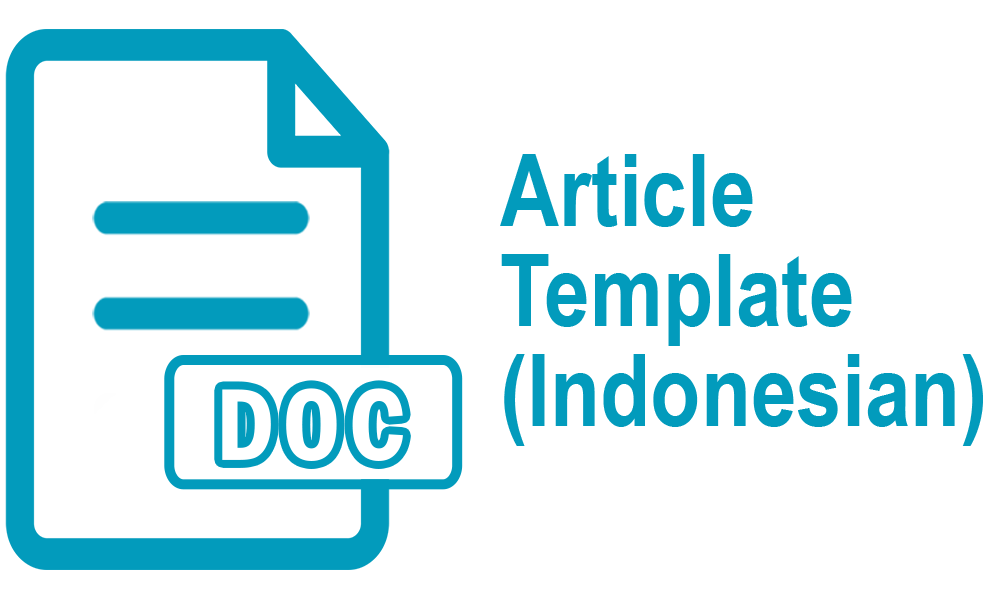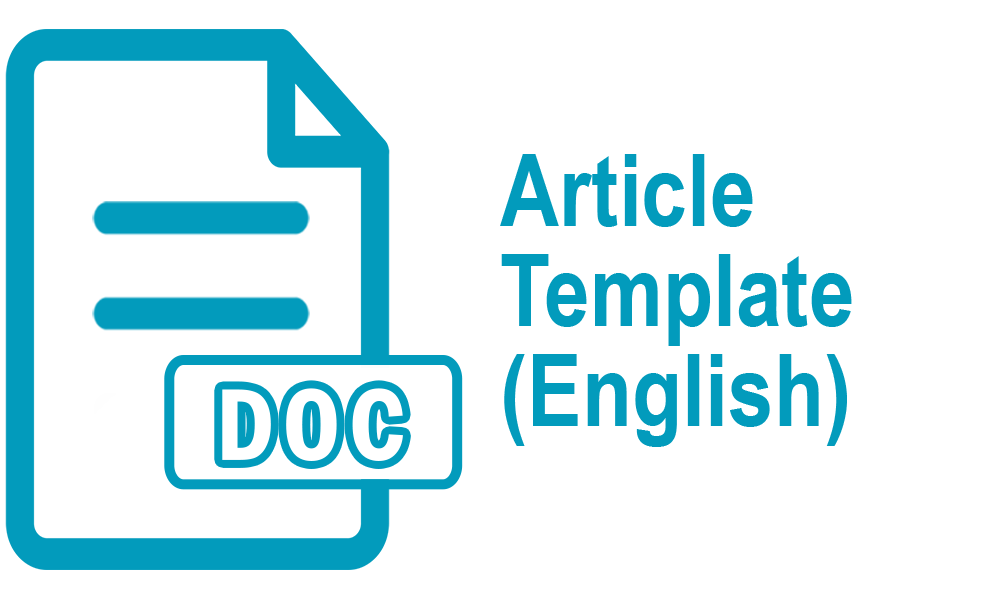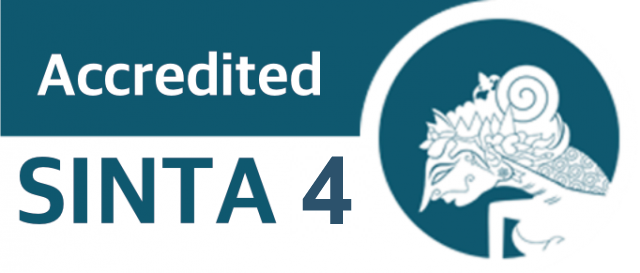Language Features of Autistic Character in Please Stand By Film: Psycholinguistic Analysis
Abstract
Keywords
Full Text:
PDFReferences
Aarons, Maureen., and Gittens, Tessa. The Handbook of Autism. Second Edition. London: Routledge, 1999. PDF.
American Psychiatric Association. Diagnostic and Statistical Manual of Mental Disorders. Fourth Edition. Washington, DC: American Psychiatric Association, 1994. PDF.
Berg, Bruce L. Qualitative Research Methods for Social Sciences. Boston: Allyn & Bacon. 2001. PDF.
Carroll, David W. Psychology of Language. Fifth Edition. California: Thomson Wadsworth, 2008. PDF.
Cleland, J. “Speech and Prosody in Developmental Disorders: Autism and Down’s syndrome.” A Dissertation. England: Queen Margaret University, 2010. PDF.
Dascal, Marcelo. Interpretation and Understanding. Philadelphia: John Benjamins Pub Co, 2003. PDF.
Denzin, Norman K. The Research Act: A Theoretical Introduction to Sociological Methods. Second Edition. USA: Mc-Graw-Hill, 1978. PDF.
Field, John. Psycholinguistics: A Resource Book for Students. New York: Routledge, 2003. PDF.
Field, John. Psycholinguistics: The Key Concepts. London: Routledge, 2004. PDF.
Fein, Deborah A. The Neuropsychology of Autism. New York: Oxford University Press, 2011. PDF.
Frith, Uta. Autism: A Very Short Introduction. New York: Oxford University Press, 2008. PDF.
Frith, Uta, and Francesca Happé. “Autism Spectrum Disorder.” Current Biology: CB vol. 15,19 (2005): R786-90. PDF.
Happé, Francesca. Autism. London: UCL Press, 1994. PDF.
Kiswandari, Fitria N. “A Psycholinguistic Analysis of an Autistic Person’s Language in Temple Grandin Movie.” A Thesis. Yogyakarta: Faculty of Language and Arts, Yogyakarta State University, 2014. PDF.
Kurniati, Messy. “Linguistics Problems of Autistic Children at SLB Sri Soedewi Jambi.” A Thesis. Jambi: Adab and Humanities Faculty, State Islamic University Sulthan Thaha Saifuddin Jambi, 2019. PDF.
Nafiah, Ulin. “A Psycholinguistic Study on Expressive Language Disorder of the Autistic Child in Mercury Rising Film.” A Thesis. Malang: Faculty of Humanities and Culture, State Islamic University of Malang, 2007. PDF.
Rothwell, Angela D. Latter Discourse: Talk and Text (Studies on Spoken and Written Discourse). Cuenca: Impreso en espana, 2000. PDF.
Schank, R. C. Rules and Topics in Conversation. Cognitive Science, 1, 421–441. 1977. PDF.
Scripts.com. Please Stand By Film Script. www.scripts.com/script/please_stand_by15993. 2017.
Sleeper, Amanda A. Speech and Language. New York: Infobase, 2007. PDF.
Tatman, M.S, Patricia. 2005. Youth and Speech and Language Disorders. Laramie: University of Wyoming. PDF.
Volkmar, Fred R., et al. Handbook of Autism and Pervasive Developmental Disorder. Third Edition. New Jersey: John Wiley and Sons, 2005. PDF.
Wiersma, William. Research Methods in Education: An Introduction. Sixth Edition. Boston: Allyn and Bacon, 1995. PDF.
Wiersma, William, and Stephen G. Jurs. Research Methods in Education. New York: Pearson Education, 2009. PDF.
Whitley, Georgia G. “Ritualistic Behavior: Breaking the Cycle.” Journal of Psychosocial Nursing and Mental Health Services, 29(10), pp. 31-35. PDF.
Zager, Dianne. Autism Sprectrum Disorder: Identification, Education, and Treatment. Third Edition. London: Lawrence Erlbaum Associates, 2005. PDF.
DOI: http://dx.doi.org/10.30872/jbssb.v9i3.9233
Refbacks
- There are currently no refbacks.
Copyright (c) 2025 Siti Rohani
Editorial address:
Fakultas Ilmu Budaya, Universitas Mulawarman
Jl. Ki Hajar Dewantara, Gunung Kelua, Kec. Samarinda Ulu, Kota Samarinda, Kalimantan Timur, Indonesia 75123
Email: jurnalilmubudaya.fibunmul@gmail.com
Website: http://e-journals.unmul.ac.id/index.php/JBSSB
Ilmu Budaya: Jurnal Bahasa, Sastra, Seni, dan Budaya is licensed under a Creative Commons Attribution-ShareAlike 4.0 International License






